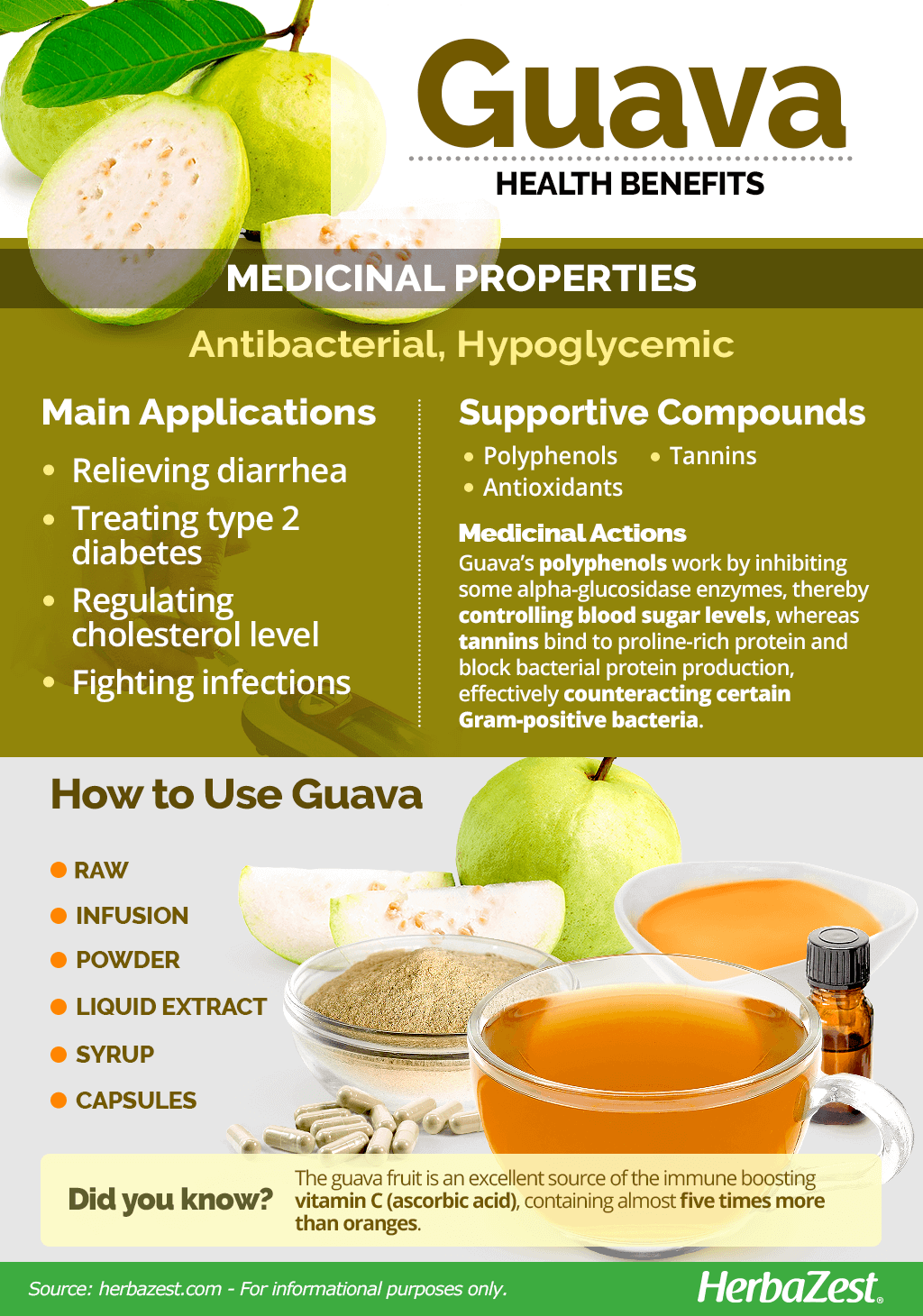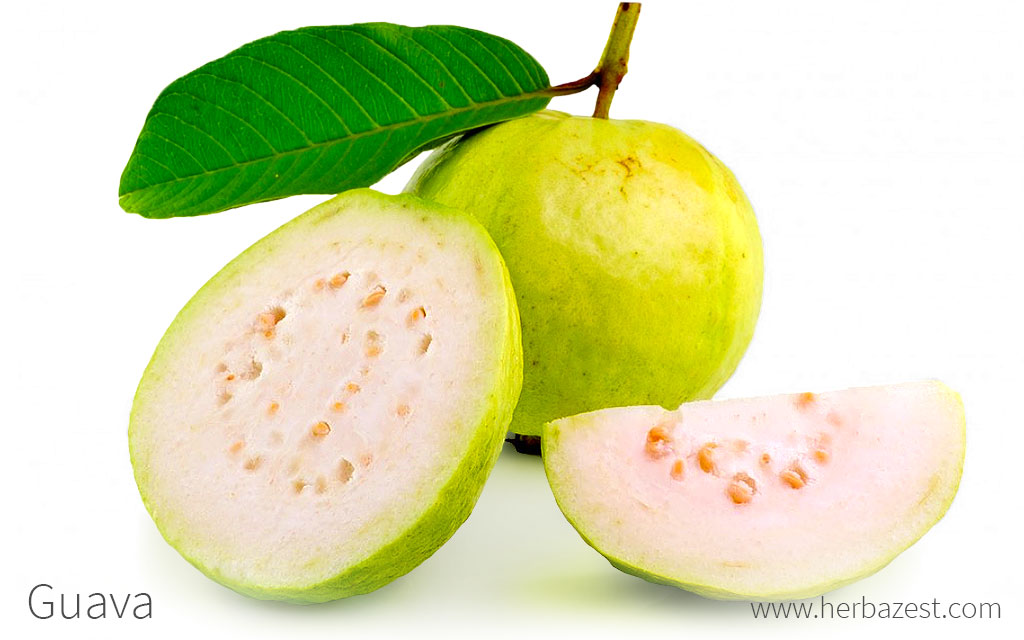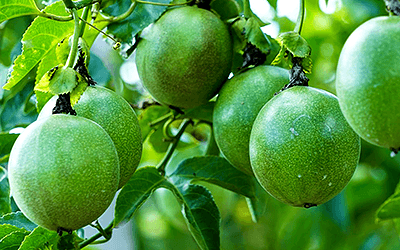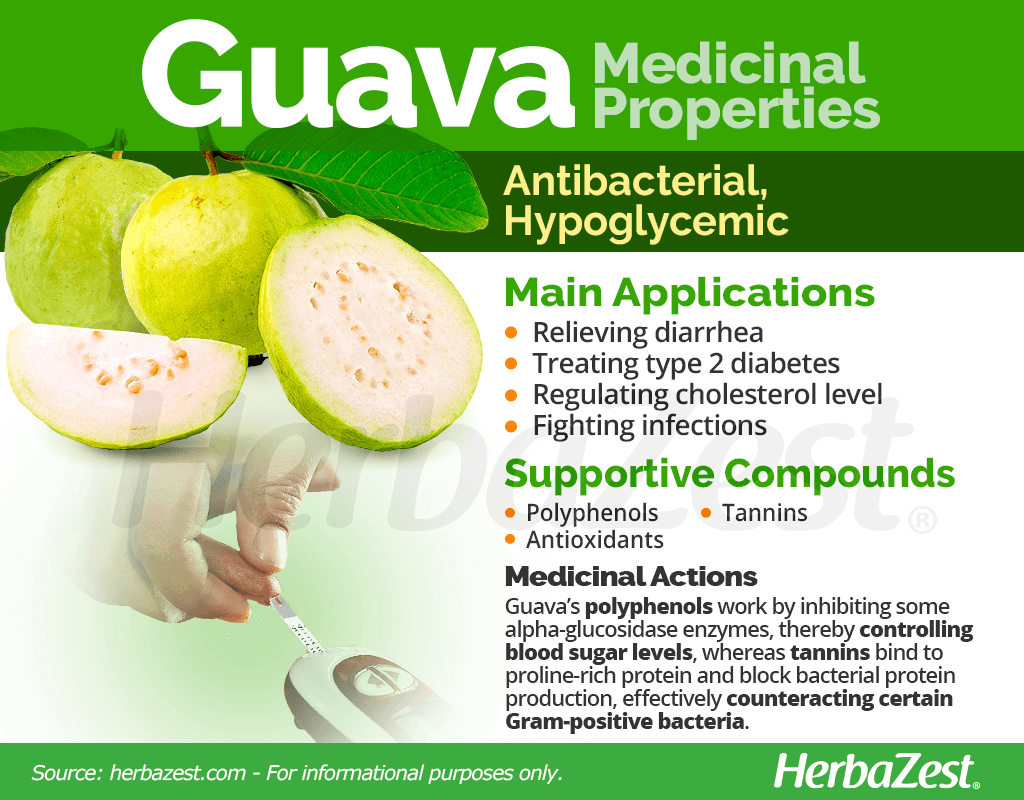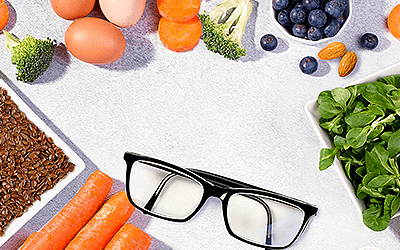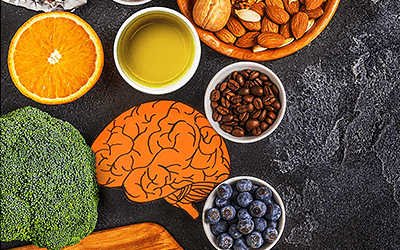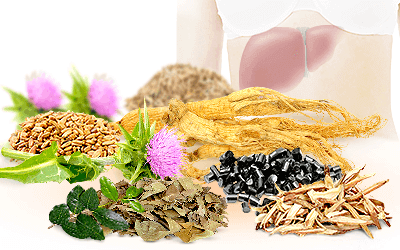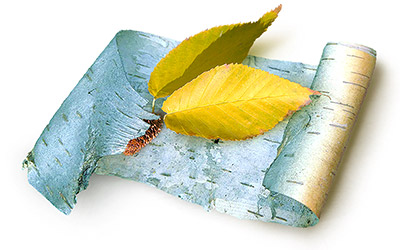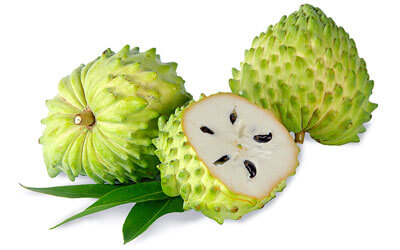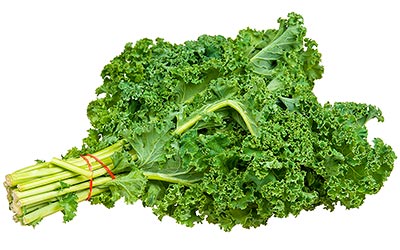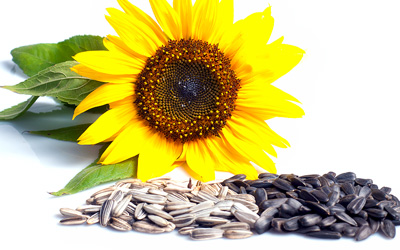Guava is native to Central America, specifically Mexico and parts of the Caribbean. Today, it is common in warm areas of the tropical Americas, like the Bahamas, Bermuda, and southern Florida, where it is widely consumed because of its copious nutritional and medicinal benefits.
Guava Medicinal Properties
Health Benefits of Guava
Guava leaves and fruits have antibacterial, hypoglycemic, and hypocholesterolemic properties that give them potential medicinal uses, such as:
Relieving diarrhea. Guava possesses astringent and antiseptic properties, which have long been used for treating diarrhea, particularly the one caused by Staphylococcus or Salmonella.
Controlling type 2 diabetes. The antioxidant compounds in guava leaves are used to reduce blood sugar levels.
Regulating cholesterol levels. Guava has been shown effective for reducing LDL, or "bad cholesterol."
Fighting infections. The antimicrobial properties of the plant have been shown useful for inhibiting certain bacterial strains.
Traditionally, guava leaves have been used to help alleviate toothaches, as well as for treating fever, cough, mouth sores, and wounds.
How It Works
Guava fruit is rich in nutrients, while its leaves exhibit most of its medicinal properties. While the fruit is rich in antioxidants and dietary fiber, guava leaves are packed with polyphenols, mainly ellagic acid and cyanidin, which are thought to be responsible of their hypoglycemic properties. They work by inhibiting some alpha-glucosidase enzymes, thereby, controlling blood sugar levels.1
The leaves of guava are also rich in tannins, which are the main active compounds responsible for some of the fruit's antibacterial and astringent properties. Tannins bind to proline-rich protein and block bacterial protein production, thus being effective against certain Gram-positive bacteria.2
Guava leaves have been shown to reduce harmful cholesterol levels.1
Antimicrobial properties can also be found in garlic and onion, whereas chia and lucuma have the same ability of lowering blood sugar levels.
- Medicinal action Antibacterial, Hypoglycemic
- Key constituents Guava leaf polyphenol, tannins
- Ways to use Capsules, Food, Juiced
- Medicinal rating (3) Reasonably useful plant
- Safety ranking Safe
Guava Nutrition
Guava is an excellent source of the immune boosting vitamin C (ascorbic acid), containing almost five times more of the vitamin than oranges. Vitamin C is crucial for many bodily functions, mainly for cellular regeneration, which stimulates immunity and protect the body from harmful pathogens, as well as for the formation of collagen and proper absorption of iron. Guavas also provide high amounts of dietary fiber, necessary for digestion and the metabolism of sugars, along with copper, and vitamin B9 (folate).
Additionally, guavas offer adequate amounts of many other vitamins, such as B5 (pantothenic acid), B3 (niacin), B6 (pyridoxine), B1 (thiamin), and E (alpha-tocopherol); as well as minerals, mainly potassium, manganese, and magnesium.
100 grams of guava fruit provide 68 calories, 5% of the daily value for protein and carbohydrates, respectively, and 22% DV of dietary fiber.
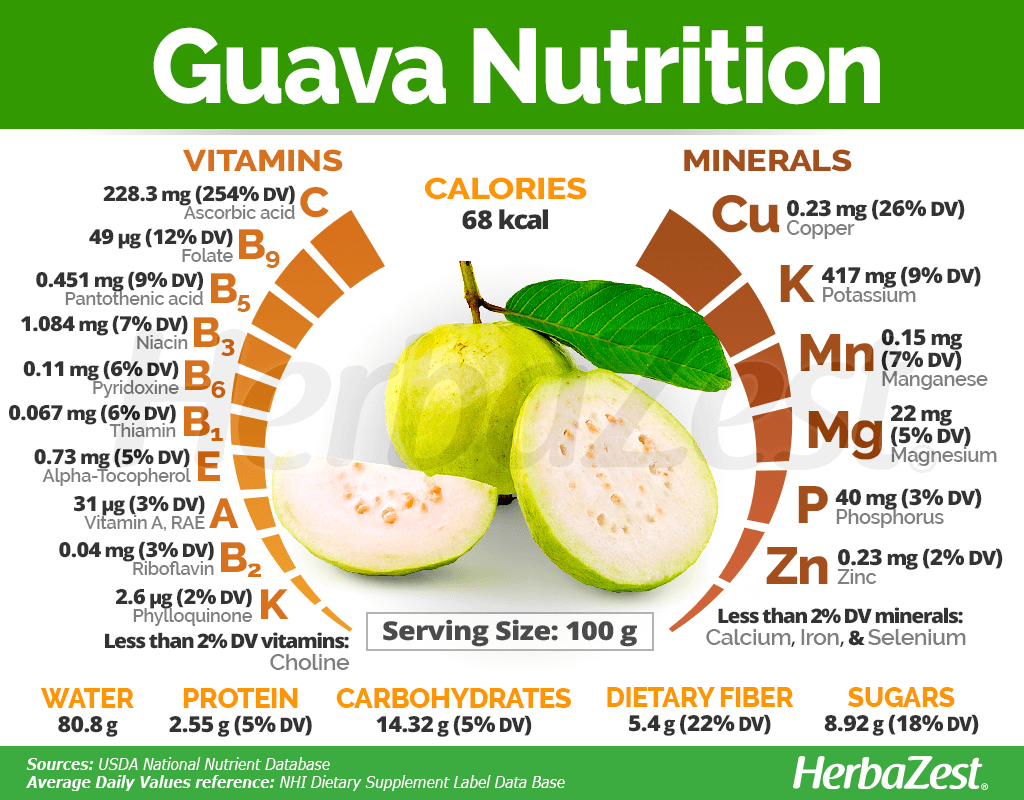
How to Consume Guava
Many people know guava for its sweet and sour taste, as well as for its popular use in desserts. However, it also has medicinal applications thanks to high nutrient content and therapeutic qualities.
Natural Forms
Raw. Since guava is widely available, it is easy to incorporate it into one's diet. Creative ways to consume guava include smoothies, soups, salads, and desserts.
Infusion. Dried guava leaves can be brewed into a warm beverage for lowering blood sugar and cholesterol as well as for stopping diarrhea.
Powder. The dried and finely powdered pulp of the guava fruit can be added to desserts and beverages.
Eating guava is a simple and tasty way to get more daily fiber and vitamins.
Herbal Remedies & Supplements
Liquid extract. Obtained from the distillation of guava fruits or leaves, this preparation is used topically for treating skin spots, sun damaged skin, skin rash, and other dermatological conditions.
Syrup. A concentrated preparation of guava pulp, often mixed with sugar cane, can be taken orally to take advantage of its astringent and hypocholesterolemic properties.
Capsule. Taking this supplemental form of guava provides all the benefits of the tropical fruit in standardized doses, which can help control both cholesterol and blood sugar levels.
- Edible parts Fruit
- Edible uses Flavoring, Condiment, Beverage
- Taste Sweet, Tart

Growing
Guava trees grow in almost any type of soil, but require a tropical climate to thrive. If some basic requirements are meet, guavas can be grown locally.
Growing Guidelines
Guava plants require hot and humid conduitions, with temperatures within the range of 59 - 90°F (15 - 32°C), with plenty of water and direct sunlight. Guava trees cannot survive temperatures below 38°F (3°C)
The plants can withstand a wide range of soil pH, from 4.5 - 8.2, although best yields are achieved if the soil is neutral or only slightly acidic.
Guavas can be propagated from seeds, cuttings, or grafts with similar ease, although the latter will better ensure the fruit resembles that of the parent tree.
It is recommended to leave ample space, approximately 13 feet (4 m), between trees when planting, and to use a generous amount of fertilizer shortly after.
Pruning should be constant to promote sprout development.
- Life cycle Perennial
- Harvested parts Leaves, Fruit
- Light requirements Full sun
- Soil pH 6.1 – 6.5 (Slightly acidic), 6.6 – 7.3 (Neutral), 7.4 – 7.8 (Slightly alkaline)
- Growing habitat Subtropical regions, Tropical rainforests
- Plant spacing average 3 m (9.84 ft)
- Propagation techniques Cuttings
Additional Information
Plant Biology
Guava trees may grow up to 20 feet (6 m) tall and are characterized by their large leaves and small, white flowers with numerous stamens. Guava fruit is pear-shaped, with yellow skin and pink flesh with lots of seeds. The tree bark is easy to peel off and is characteristically smooth and pale in color.
Classification
Guava, or Psidium guajava, is a tropical evergreen that belongs to the Myrtaceae family, which comprises approximately 155 genera and 3,000 species, mostly aromatic woody trees and shrubs, such as allspice (Pimenta dioica), camu camu (Myrciaria dubia), cloves (Syzygium aromaticum), and myrtle (Myrtus communis.)
Varieties and Subspecies of Guava
The guava genus, Psidium, includes about 100 species, being P. guavaja the most economically important. Thanks to its widespread adaptation and large market, more than 50 cultivars of guava have been developed. Among the most important are 'Sardar,' 'Chittidar,' and 'Habshi.'
Historical Information
Guava is believed to have been used since the 1500s for alimentary and medicinal purposes. Early Spanish and Portuguese settlers brought guava from the New World to the East Indies and Guam. The tropical fruit was reportedly introduced in southern Florida in 1847, and now it is cultivated in places as diverse as India and Hawaii, with Hawaii being one of the world's leading producers.
Economic Data
Guava fruit is widely consumed all over the globe and, consequently, is a major commercial industry. Brazil leads the global guava production - with 4,737 metric tons exported to the U.S. in 2011 -, and Hawaii comes second in production. Guava is popularly consumed raw, but is also processed into jellies, juices, syrups, ice cream, and pies.
Other uses
Personal care industry. The fruit's scent is a common additive in face and body creams.
Timber. Guava tree bark is widely usedin carpentry and other items. The wood is fairly strong, so it is used to make things like handles for furniture, combs, and toys.
Fuel. The wood of the guava tree is also used as fuel or charcoal for barbecues.
- Other uses Cosmetics, Fiber, Furniture/carpentry
Sources
- Fruits of Warm Climates, Guava
- International Journal of Microbiology, Antimicrobial Activities of Leaf Extracts of Guava (Psidium guajava L.) on Two Gram-Negative and Gram-Positive Bacteria, 2013
- Nutrition & Metabolism, Anti-hyperglycemic and anti-hyperlipidemic effects of guava leaf extract, 2010
- Revista do Instituto de Medicina Tropical de Sao Paulo, Antibacterial activity of GUAVA, Psidium guajava Linnaeus, leaf extracts on diarrhea-causing enteric bacteria isolated from Seabob shrimp, Xiphopenaeus kroyeri (Heller), 2008
- University of Hawaii, Guava: General Crop Information
- USDA Plants Database, Guavas: 2011 Production Up 46 Percent
- FAOSTAT, Leaflet No. 4 – Guava
- Medicinal Plants of the World, p. 258
- Phytotherapy Research, Guava leaf extract and topical haemostasis, 2000
Footnotes:
- Nutrition and Metabolism. (2010). Anti-hyperglycemic and anti-hyperlipidemic effects of guava leaf extract. Retrieved November 15, 2021, from: https://www.ncbi.nlm.nih.gov/pmc/articles/PMC2831039/
- Journal of Ayurveda and Integrative Medicine. (2015). Psidium guajava leaf extract prevents intestinal colonization of Citrobacter rodentium in the mouse model. Retrieved November 15, 2021, from: https://www.ncbi.nlm.nih.gov/pmc/articles/PMC4395930/
